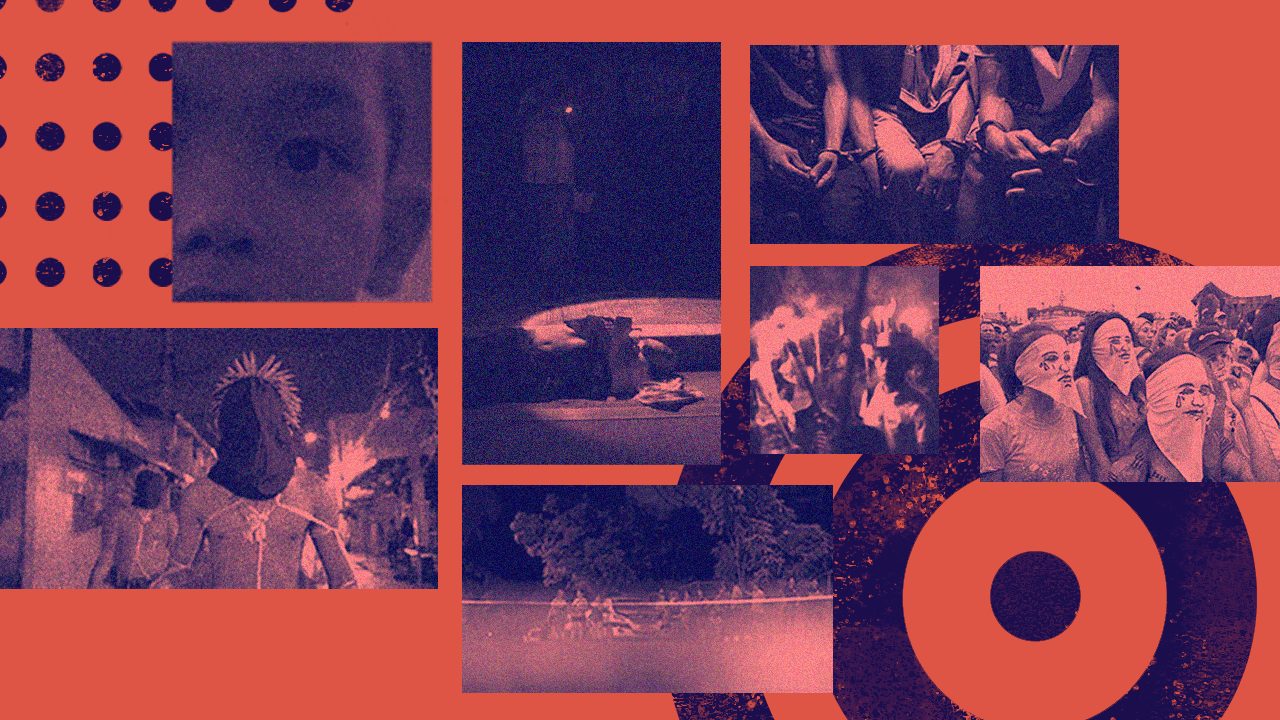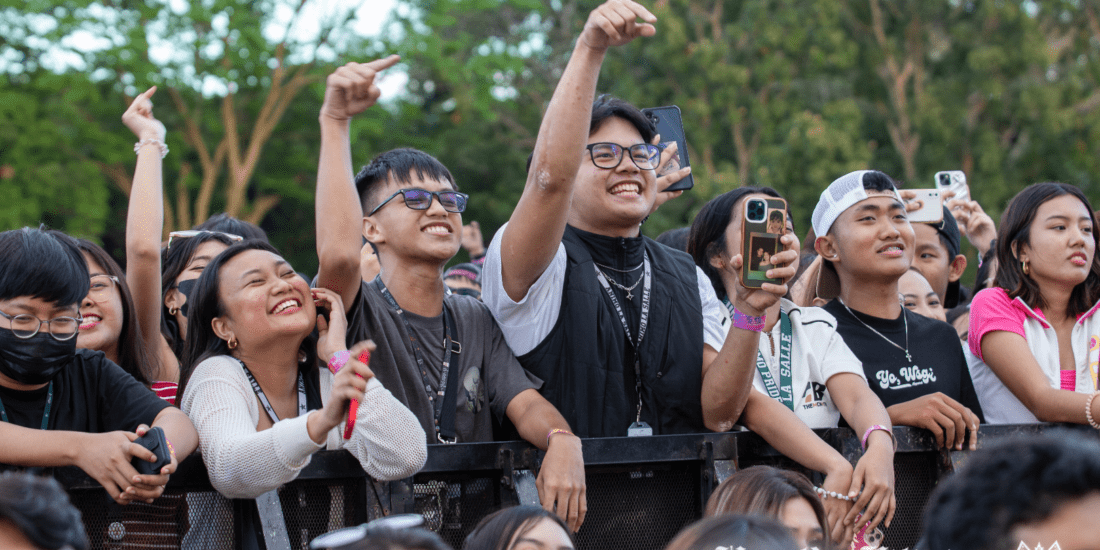The real aswang in today’s society
Remember when your lola said to never stay up late at night or else the aswang will come and get you? In the Philippines, such horror stories were a part of growing up, often told to scare children off to sleep. However, these myths of our childhood come to life through the 2019 documentary Aswang, as featured in this year’s Daang Dokyu film festival.
The gruesome reality
Directed by Alyx Ayn Arumpac, the title itself alluded to the mythical creatures known as aswang, the shapeshifting evil spirits roaming around at night according to Filipino folklore. But instead of showing the mythical, Arumpac’s Aswang tackled the gruesome realities of President Rodrigo Duterte’s Oplan Tokhang or the war on drugs, revealing the truth behind the blood-drained bodies of extrajudicial killing victims on the streets.
“Whenever they say an aswang is around, what they really mean is to be afraid,” the documentary emphasized, establishing the mythical creature as a metaphor to the real monsters of today’s society.
Mainly set at night, the documentary dived deeper into events of selective justice and impunity. Like the discovery of a secret jail in Manila detaining 30 drug suspects consisting mostly of poor people who were dehumanized, electrocuted, and tortured for a week. Furthermore, the police told the captives that they were meant to be ransomed for P100,000. Despite the presence of human rights defenders, the police somehow made the mentioned arrests legal.
Photojournalist Brother Ciriarco Santiago III, also known as Brother Jun, documented the aftermath of Oplan Tokhang. He summarized the sad reality of how “this government has always targeted the drug users, but never the drug lords”.
Meanwhile, the alleged drug lords Kerwin Espinosa, Peter Lim and 20 others were cleared of charges last 2018 due to “lack of evidence”, supporting Brother Jun’s aforesaid statement.
In the eyes of a child
One of the highlights of the film is the death of Kian Delos Santos, who was accused of being a drug-runner. A 17-year-old boy shot down defenseless by the police.
Describing the tale of Kian’s death was Jomari, a young child who considers Kian as one of his closest friends and like a brother. He insisted that Kian was a victim and not a criminal.
At 6 years old, Jomari witnessed firsthand the violence that lurks around every corner, and now, police brutality. With his incarcerated parents, Jomari is left to deal with the world on his own, which shaped the way he views humanity today.
“Since I was little, Mama would tell me to call the police “the enemy” so when people start running from them, I go and hide,” Jomari recalled.
This part of the documentary showed how the children are desensitized to violence. While living in the slums, they make light jokes about how “normal” their situation is, going as far as playing games where they pretend to be “attacking” the police. This, along with the fact that Jomari’s friends keep teasing him about his imprisoned parents accused of using illegal drugs is nothing short of heartbreaking.
People in the slums experience injustice and violence more than any of us, and yet this is easily overlooked by the system that favors the privileged few.
***
It is undoubtedly terrifying to know more of what these aswangs are capable of, both from the myth and reality. Even if you beg for mercy, the aswangs will go straight for the kill. Other people are already conditioned to look away and pretend it isn’t happening out of fear. Just as the documentary said, “What good are many eyes when they only look at the victim on the ground?”.
Aswang is not for the faint of heart, and that is exactly what makes Aswang a must-see. One thing is for sure, within Arumpac’s film is a warning: there are monsters beyond our folklore and it does not choose its victims.





